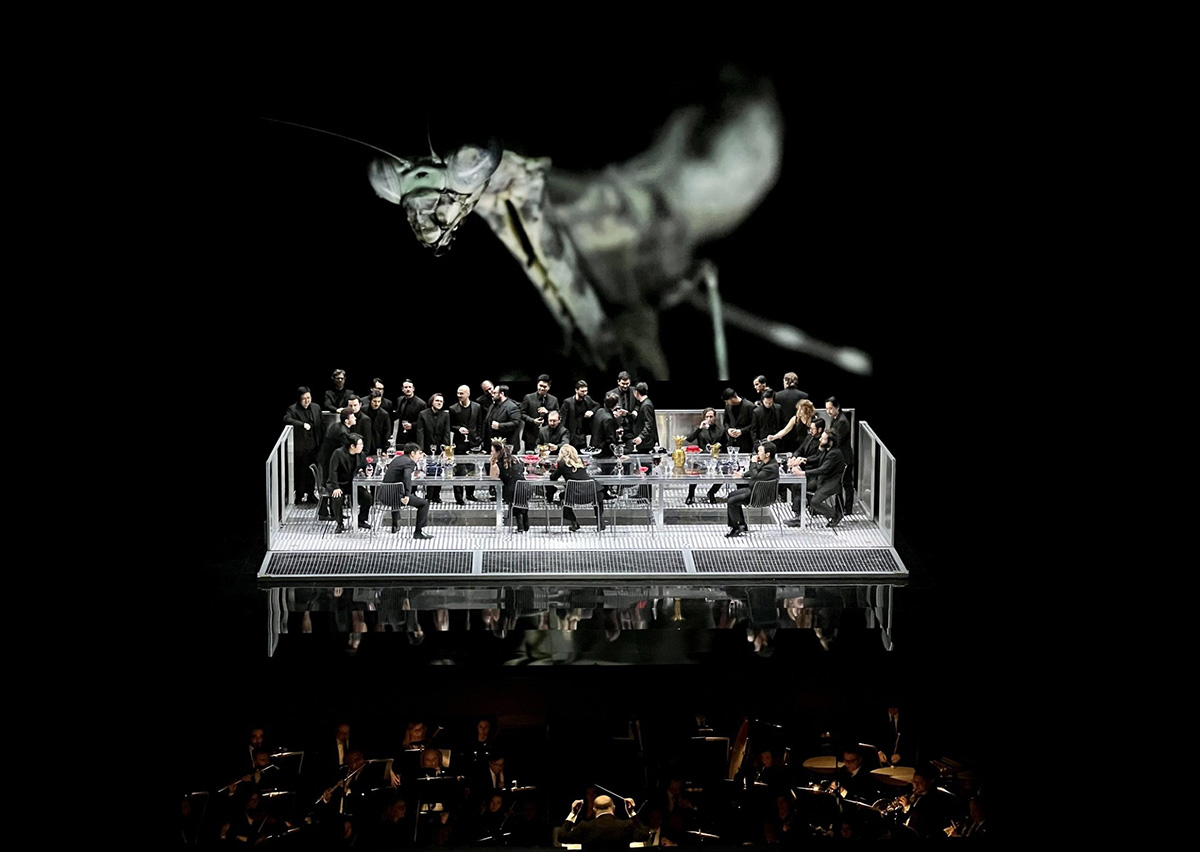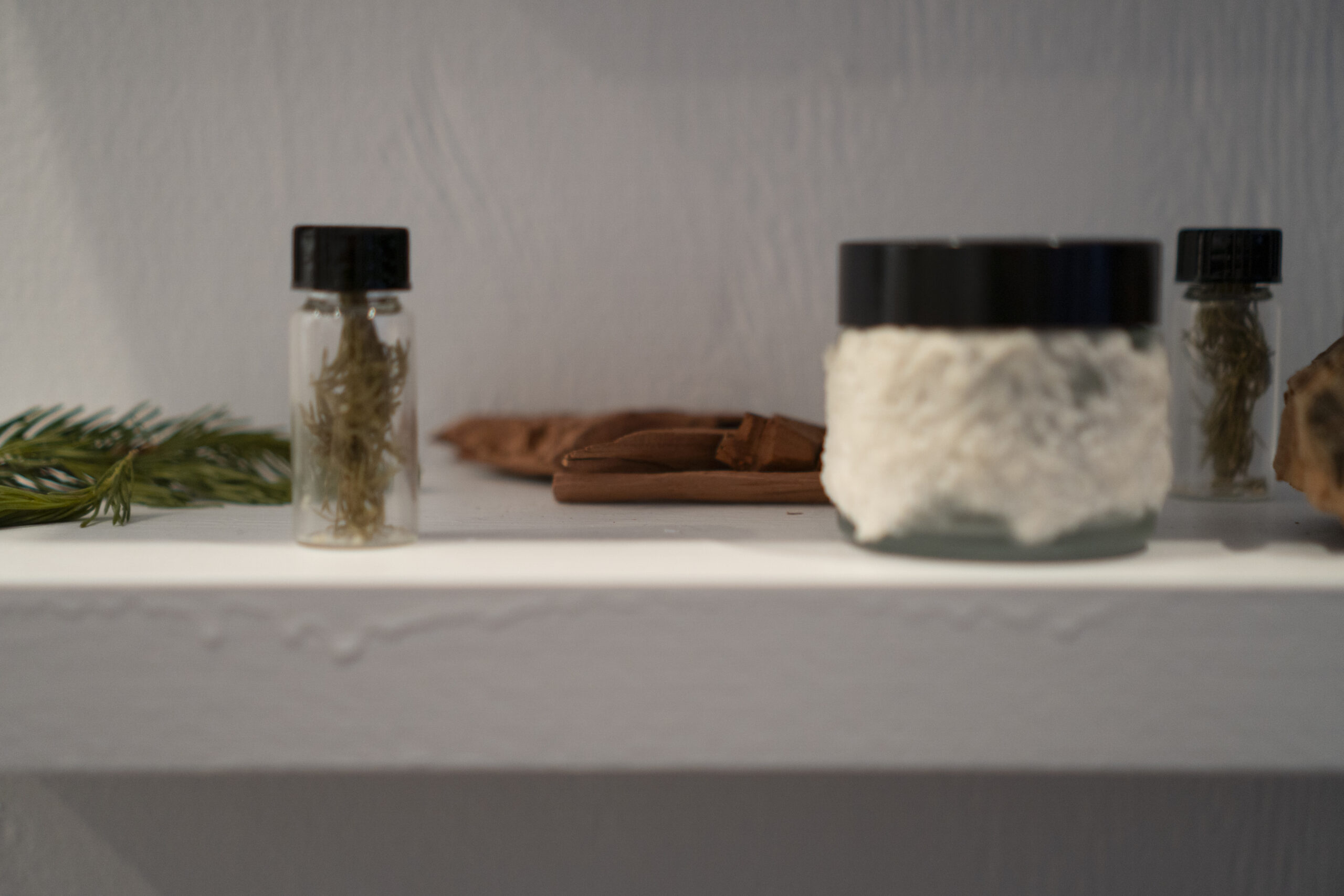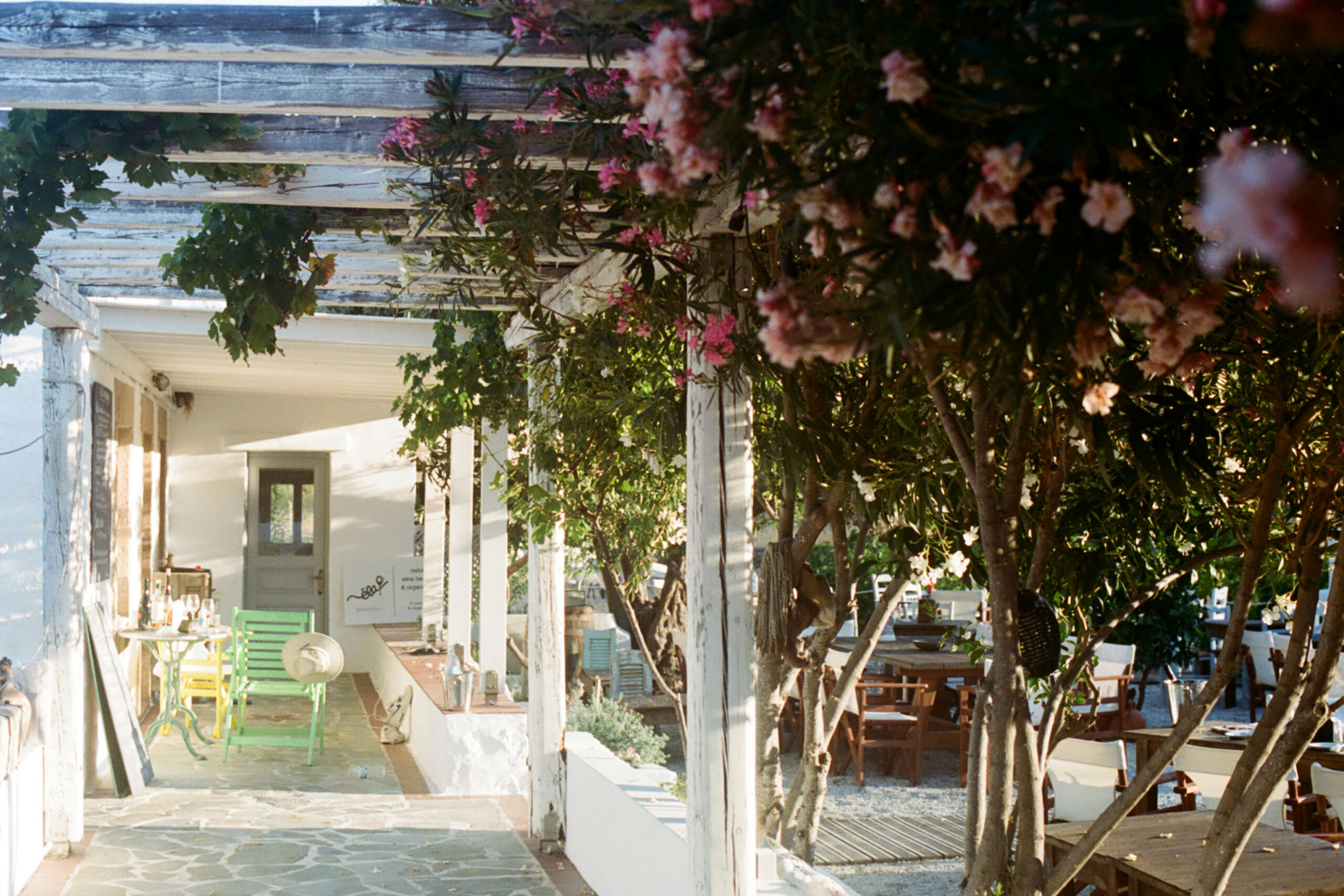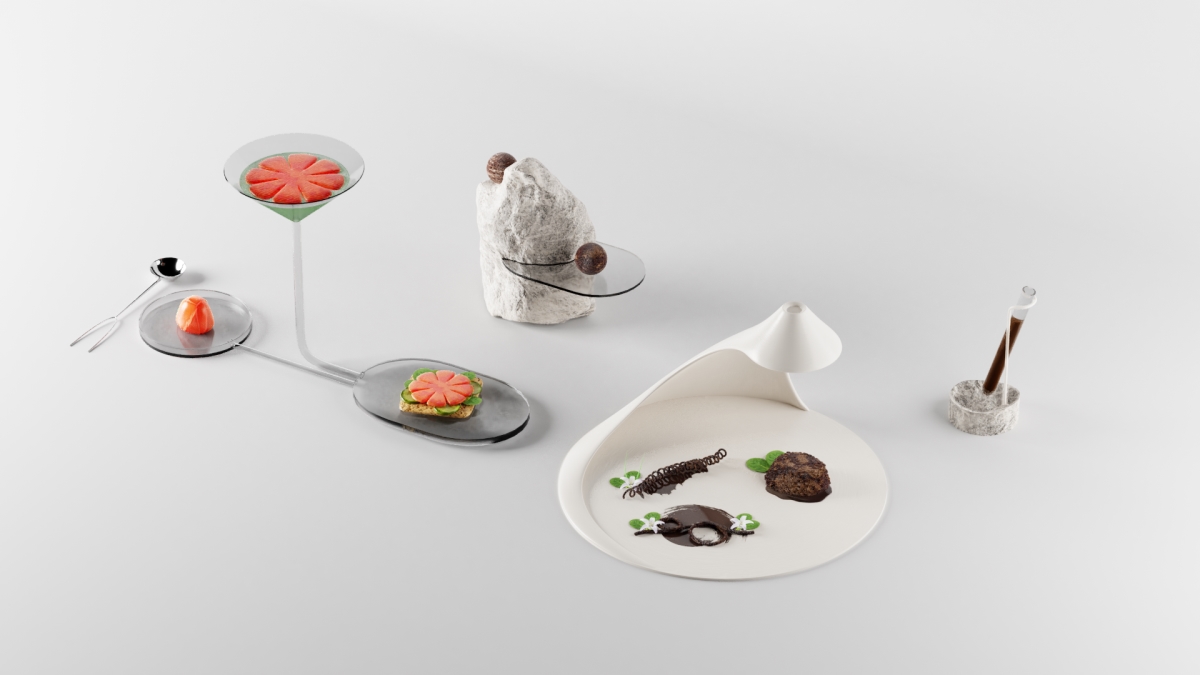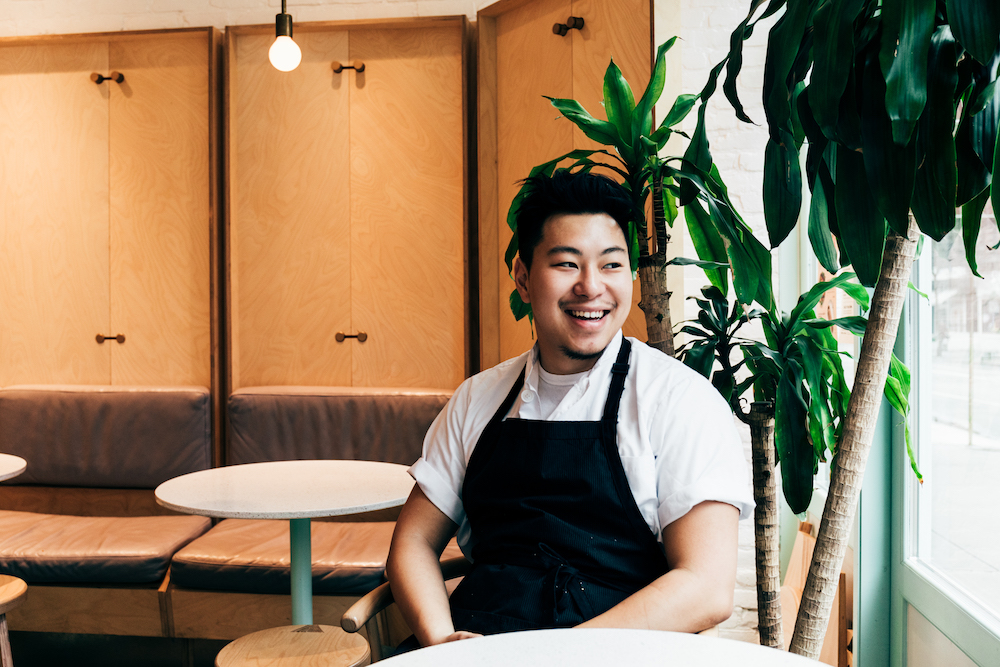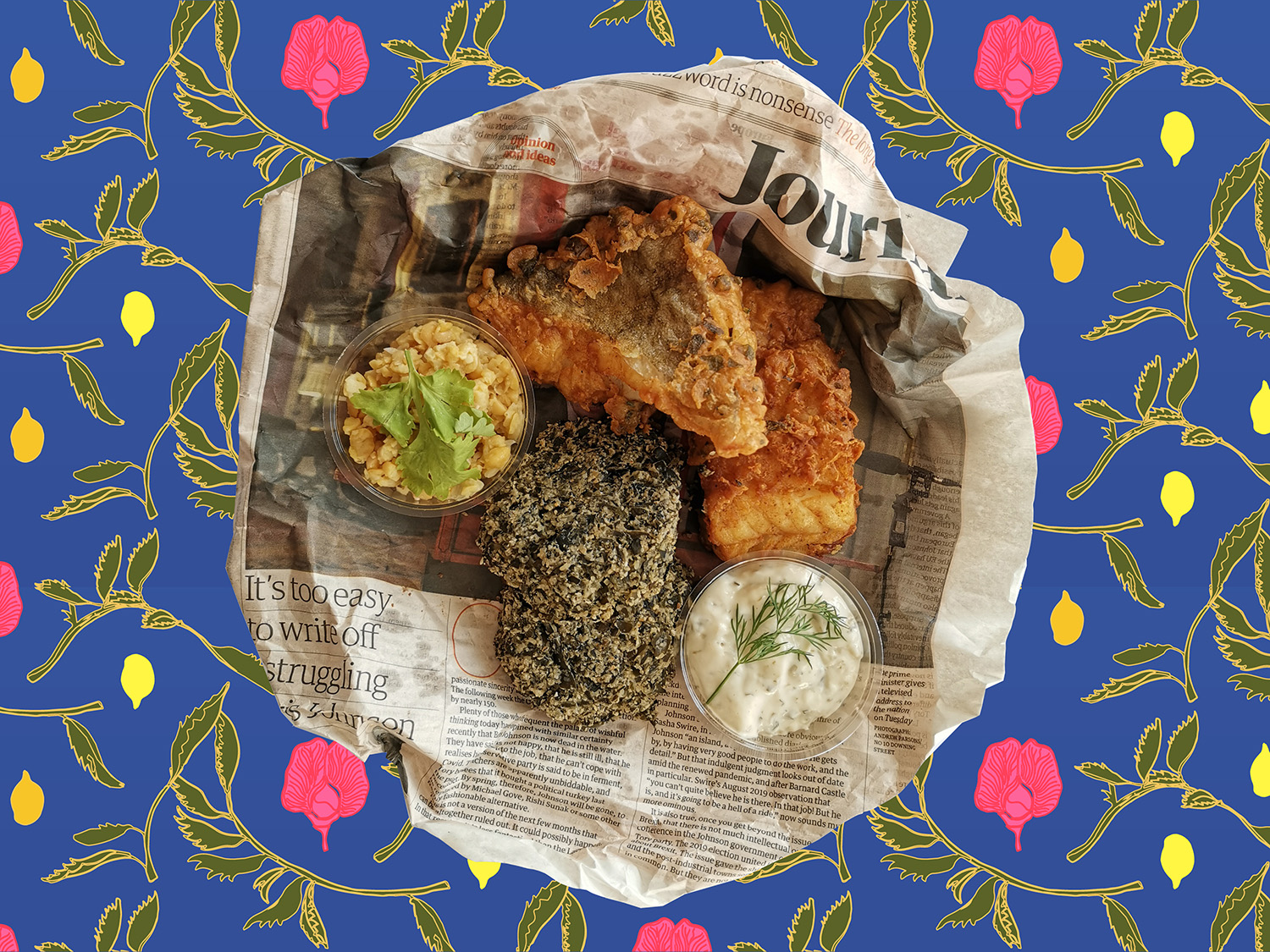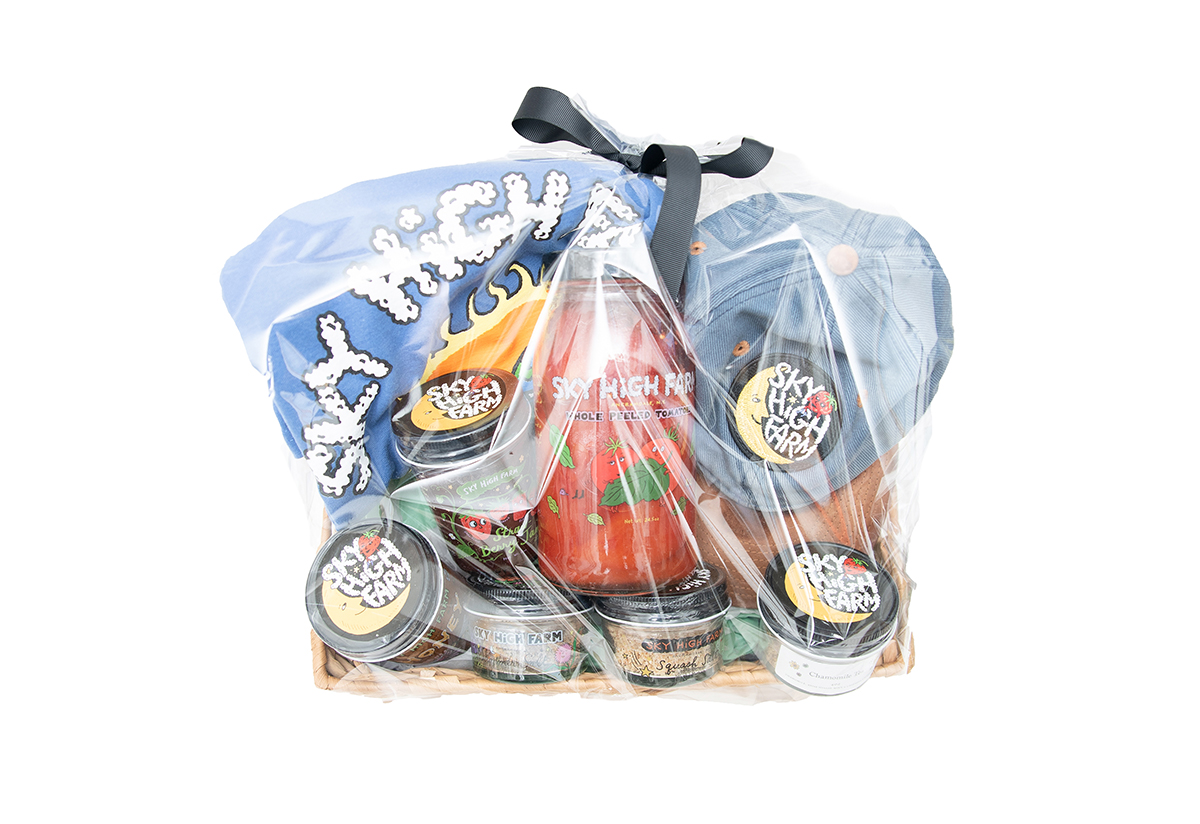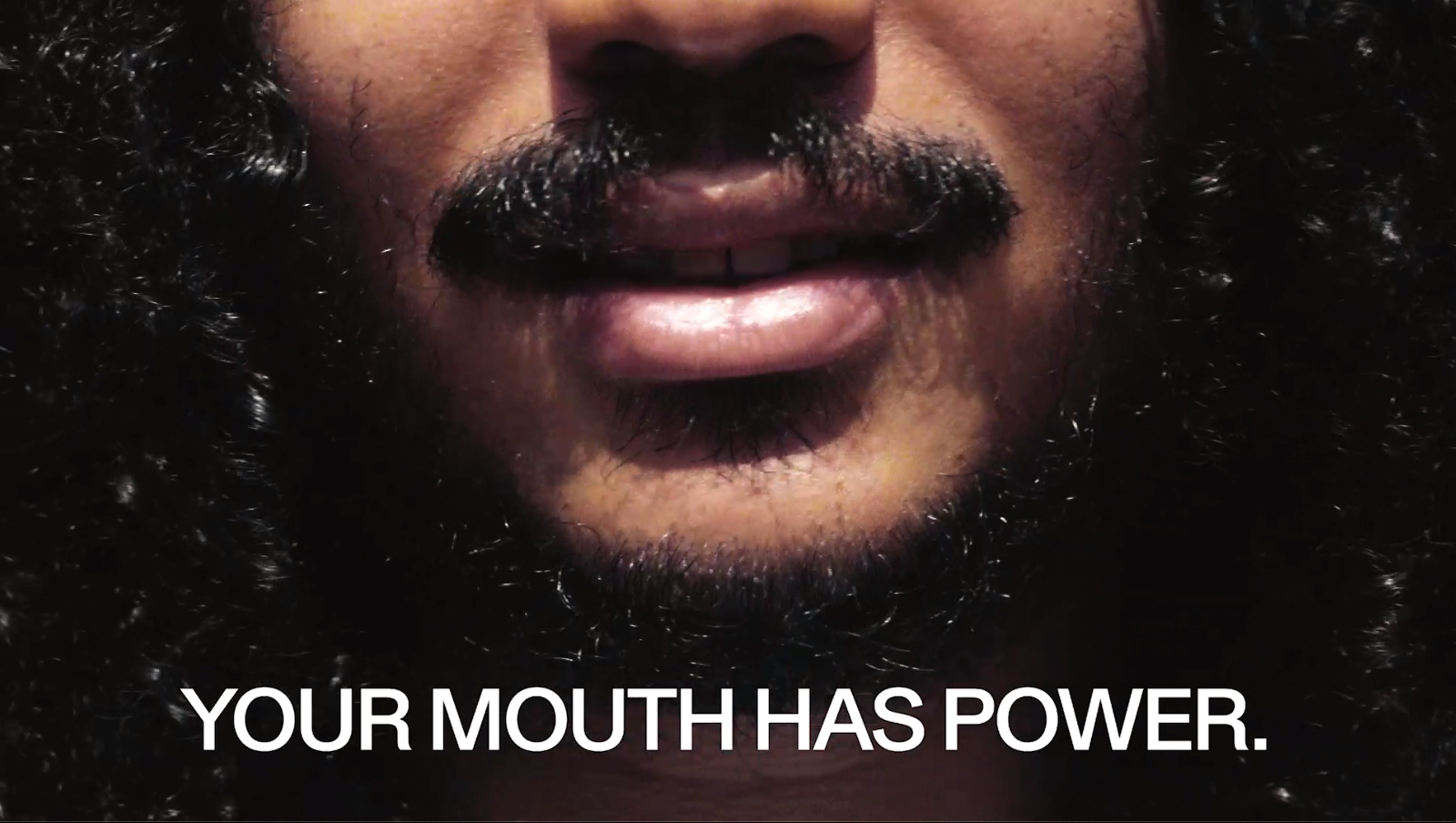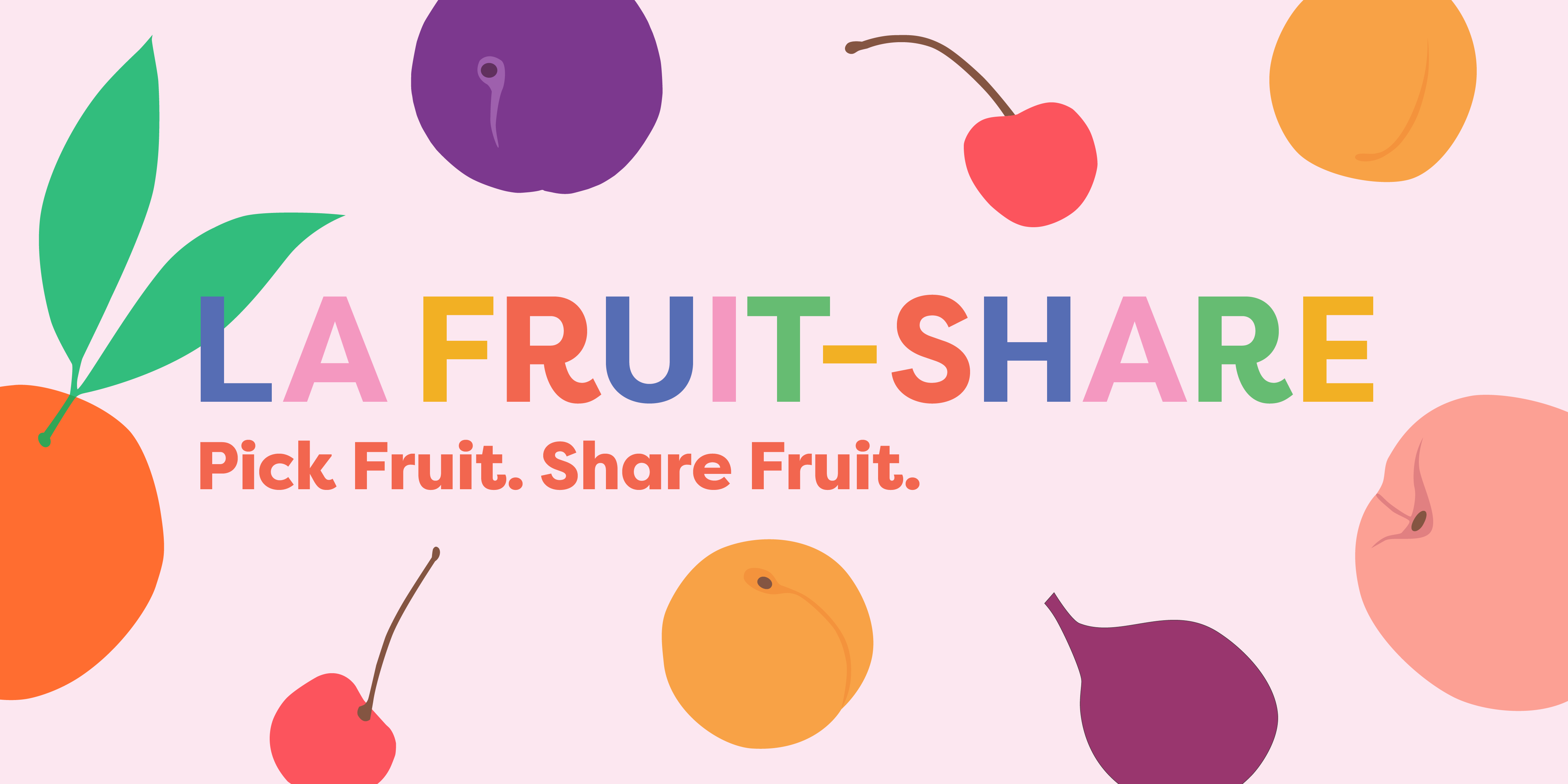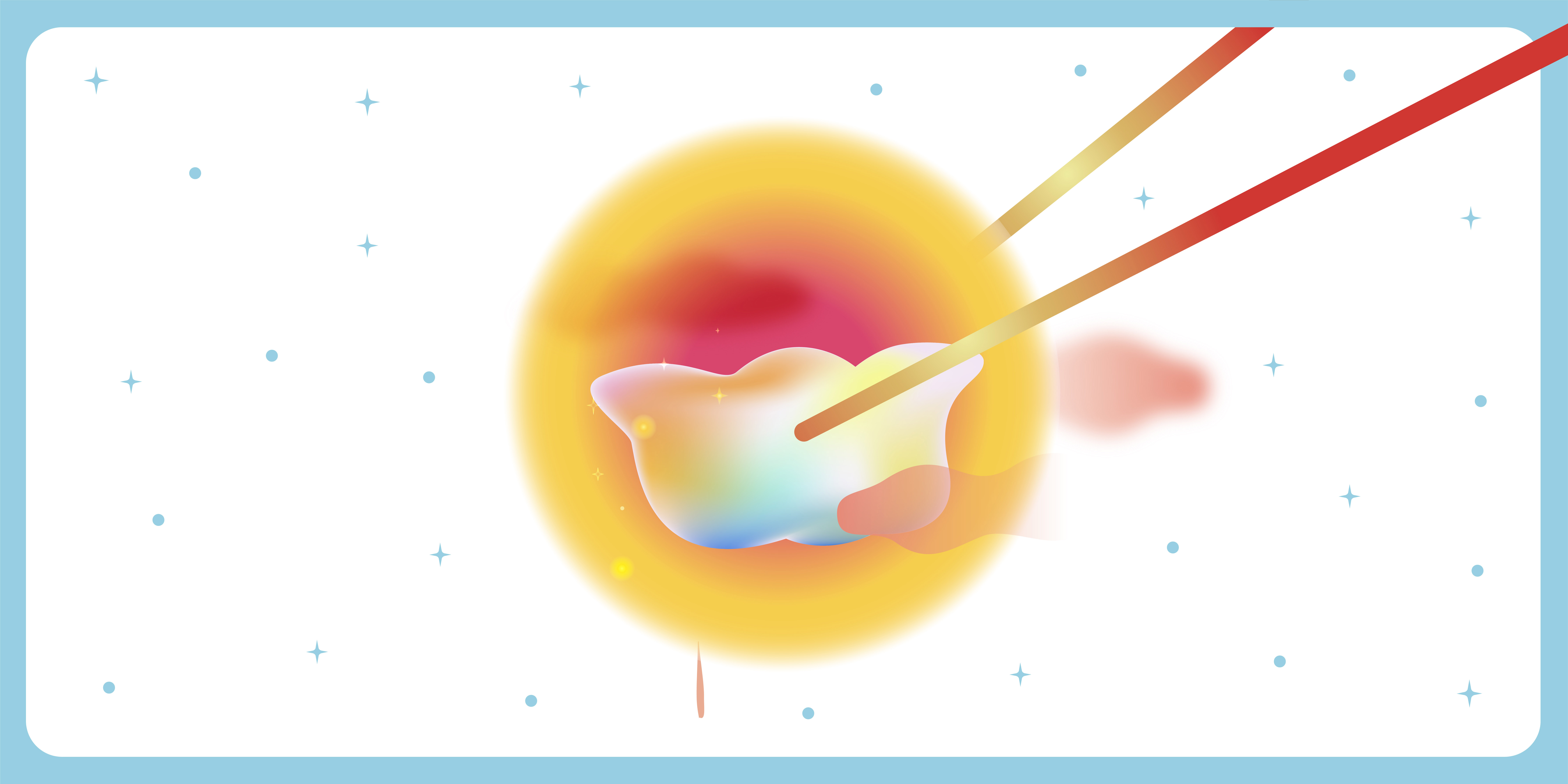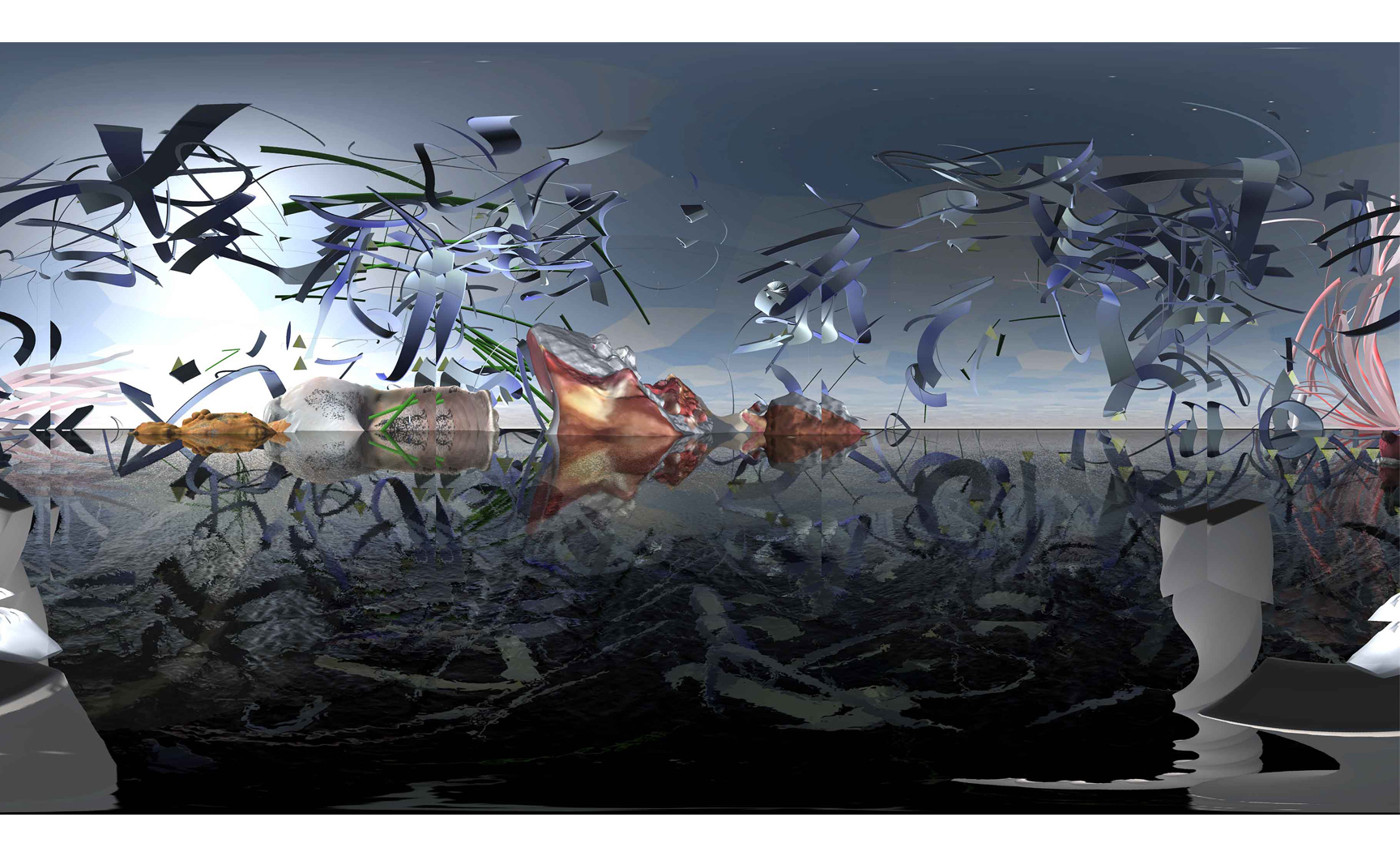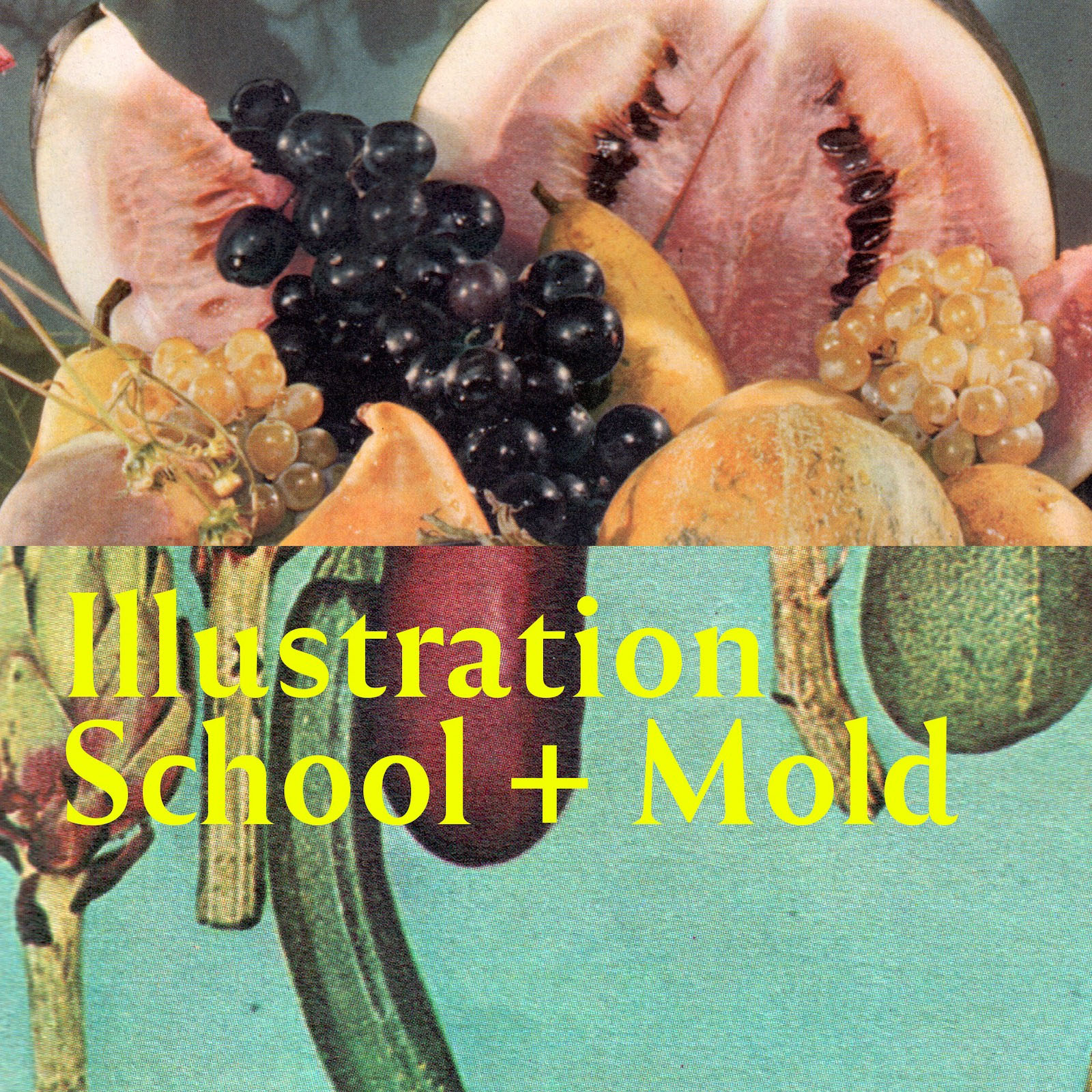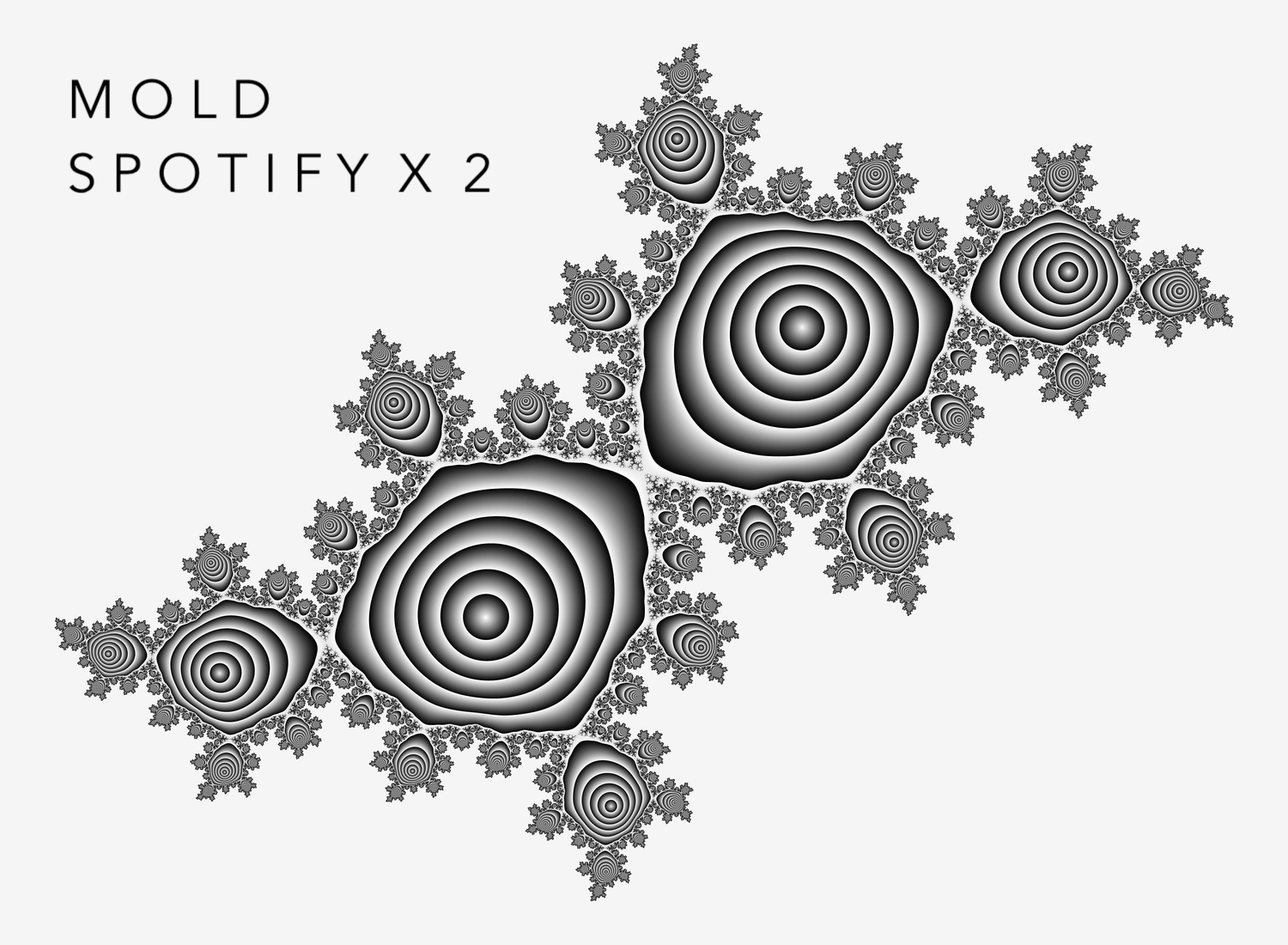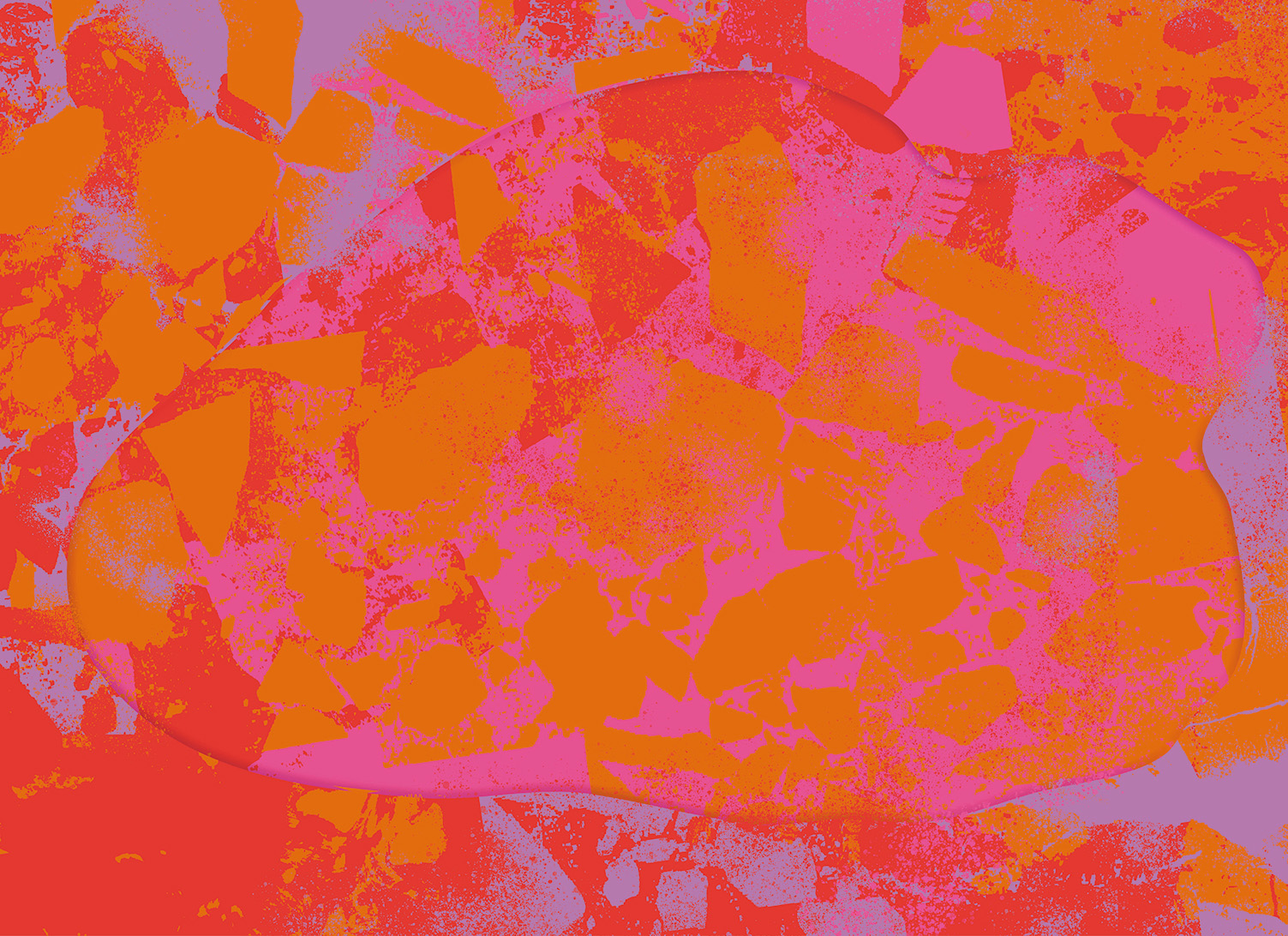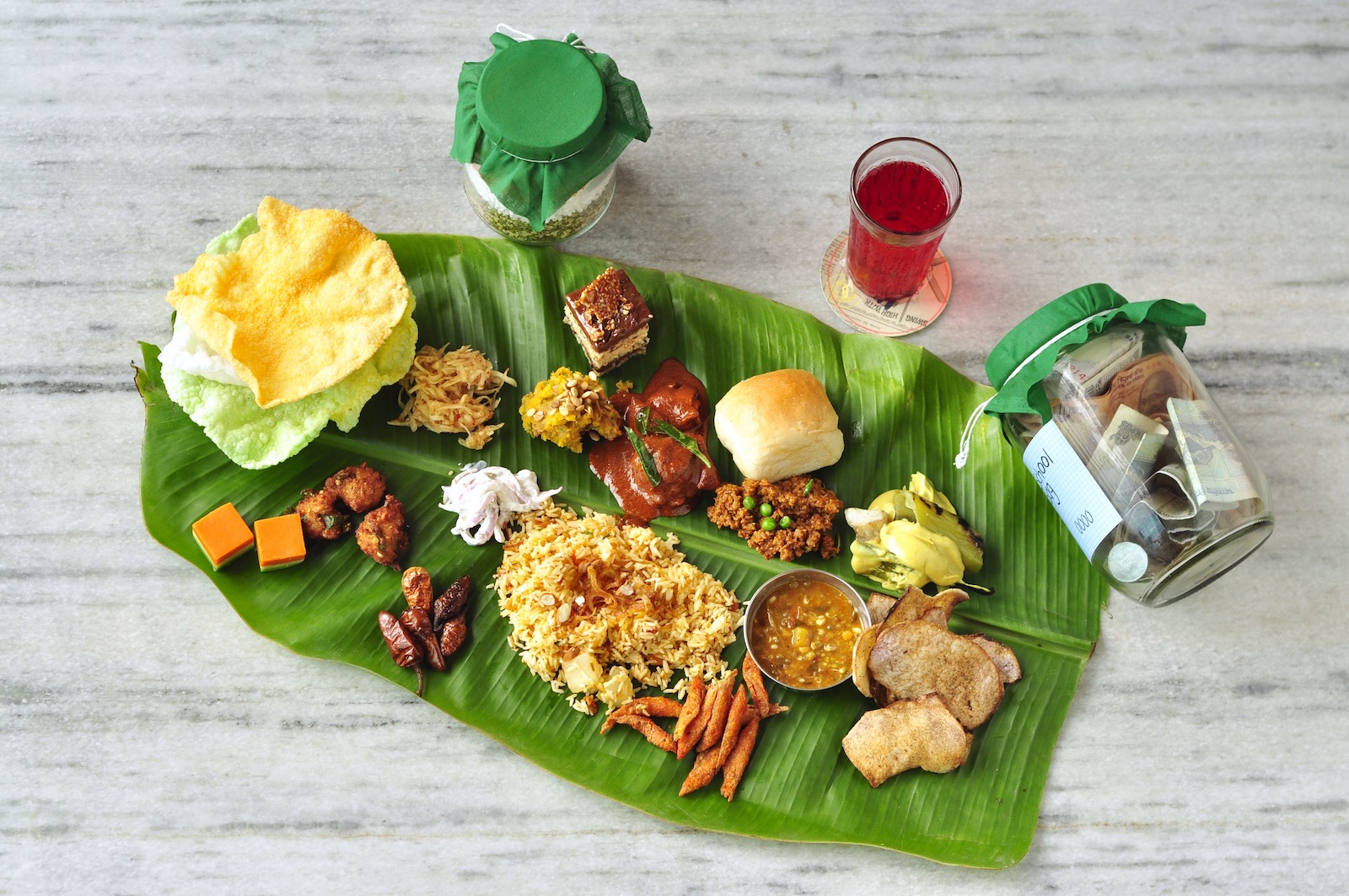While predictions of the future of agriculture take clear forms, with innovations like hydroponic farms and lab-grown meat highlighting ways that farming can be radically changed, what do these changes mean for at-home meals? For its new project S.Eat, Cape Town-based Studio H is exploring the communal eating experience of the future by manipulating and replacing traditional aspects of eating with others. Studio H hosted a Future Food project, inviting guests to sit down for a simulated family meal, to project its vision of how family dining might evolve. The project takes a pessimistic look at the culture surrounding contemporary family meals—or the lack thereof—by replacing food with nutritional tablets and using fabricated smells and sounds. MOLD spoke to Hannerie Visser, principal of Studio H, about the development process behind project S.Eat and what the studio learned from its Future Food workshop.
MOLD: How is project S.Eat organized? What do participants do and what are the key components of the project?
Studio H: In our family dinner of the future, guests sit down at a dinner table and experience eating a family meal together – in the last instance it was pesto spaghetti. They received a glass with a controlled portion of water, just enough to swallow their dinner in tablet form. The limited quantity comments on the precious nature of water as a resource. We replace the tactile, convivial elements that are missing in the future dining experience by emulating the dining experience “of the past” through various sensory stimulations. We play ASMR tracks of someone slurping pasta very loud over speakers, screen archival videos of people eating and release the smell of basil pesto through diffusers.
What does S.Eat tell us about the future of communal dining?
Tell me a little bit about your process for developing the project—how did you design sights, smells, and sensations with the intention of emulating a meal?
The project design began by speculating and researching the processes of how we might eat in the future, and thinking about what we would miss from our current eating rituals and practices. When considering which meal to emulate, we wanted to work with something extraordinarily simple. Something that working parents would typically cook to feed their kids. Something we may have taken for granted and yet take comfort in. Something that in this global society everyone can relate to on some level.
To emulate the audio and visual components of the meal, we looked to the most popular eating channels on Youtube, channels with high views, indicating they would be deemed the norm by future societies looking back. In order to satisfy the olfactory component we created a special edible basil perfume to diffuse throughout the space.
How does your Future Food workshop connect to project S.Eat?
The Future Food workshop investigated and presented strategies to deal with expected future food crises. It also exhibited possible future technologies, as well as thought processes, we might need to take on in order to be able to thrive in adverse conditions. S.Eat is a speculative look into what that future might hold.
What did participants do at the Future Food workshop? Did you learn anything from the participants’ reactions to the workshop that will influence how you carry out S.Eat?
Participants ate alternative forms of protein (crickets and mealworms), made ketchups from vegetables that can be grown in sea water, created nostalgic cereal treats from unexpected ingredients, built natural and biodegradable crockery alternatives and ate 3D printed food.
Perhaps next time we wont tell participants that there are insects in the rusks (a South African dried biscuit eaten by dunking in coffee or tea, made by twice-baked sweet bread) until after people have eaten them, because perception inhibits people when trying new things.



